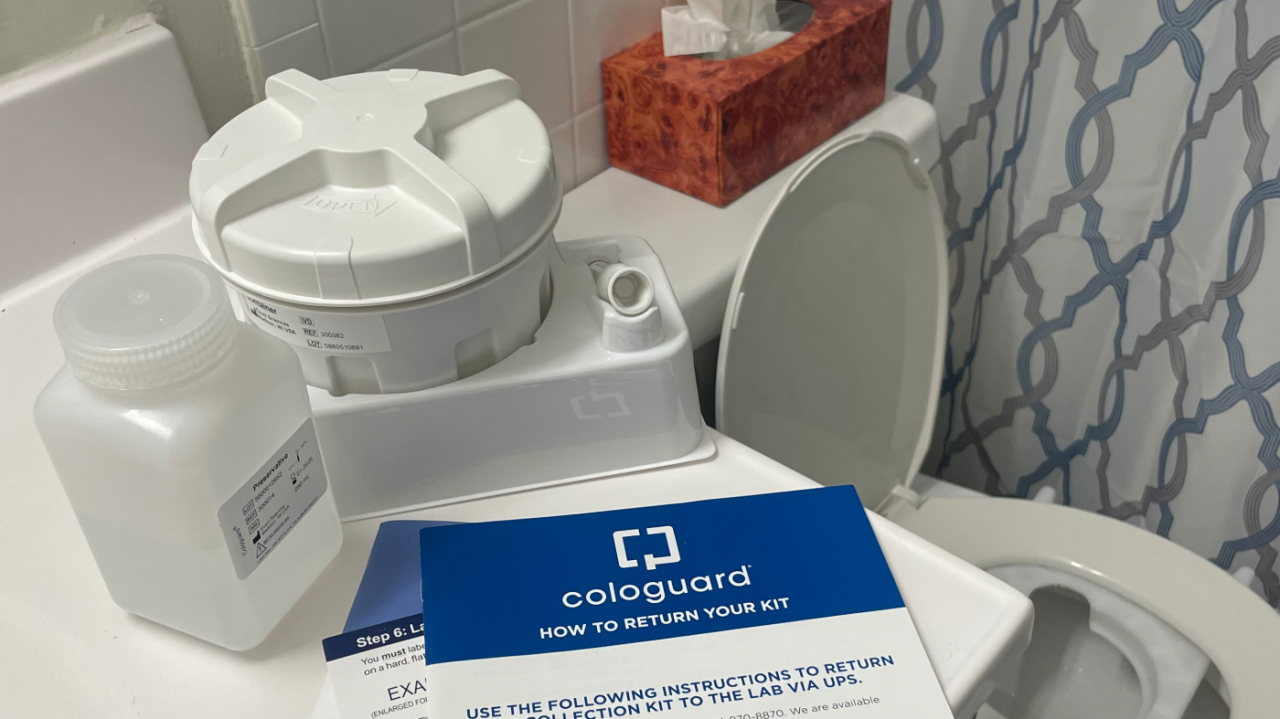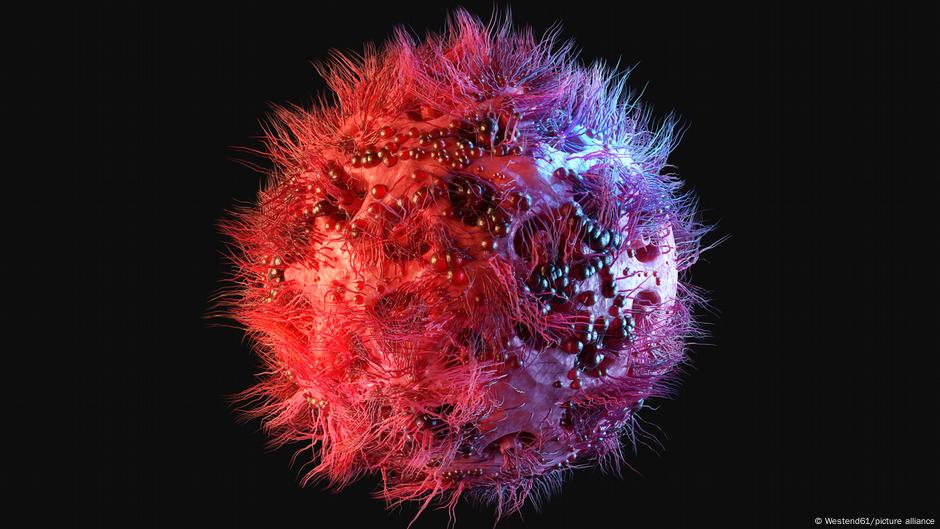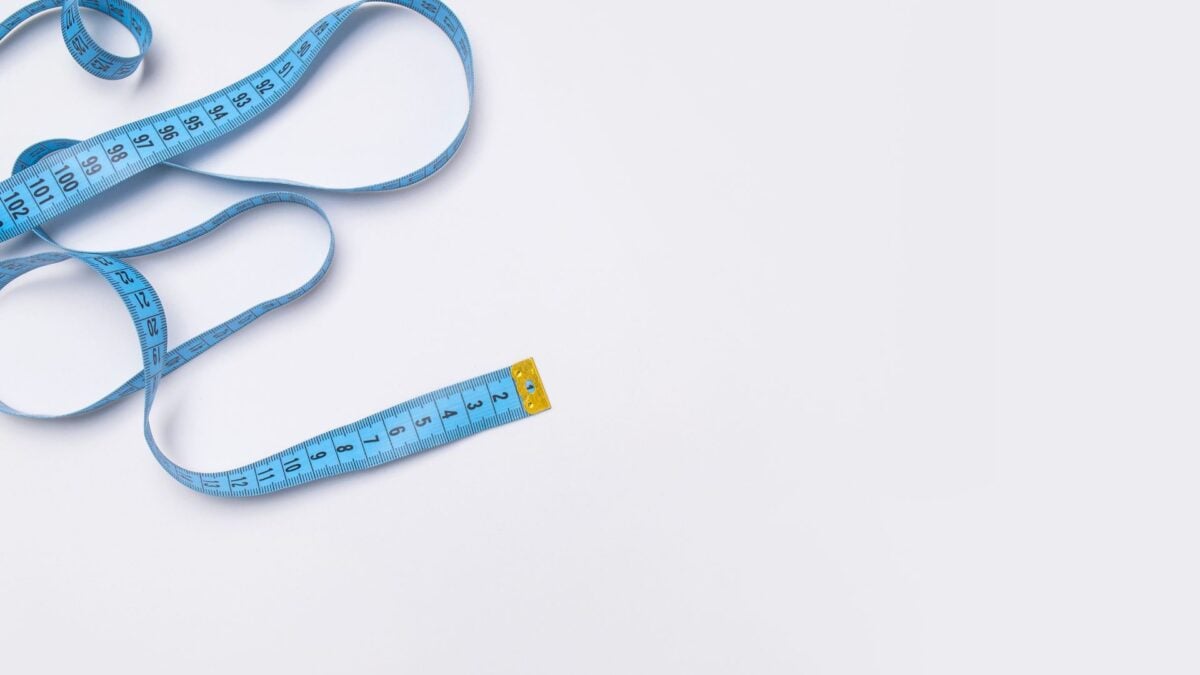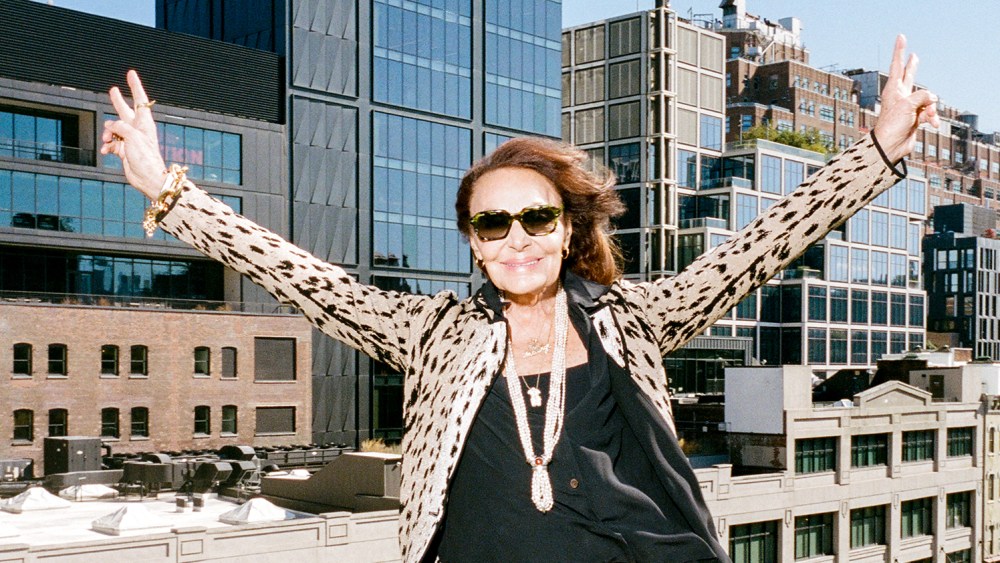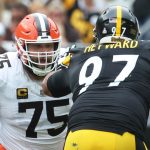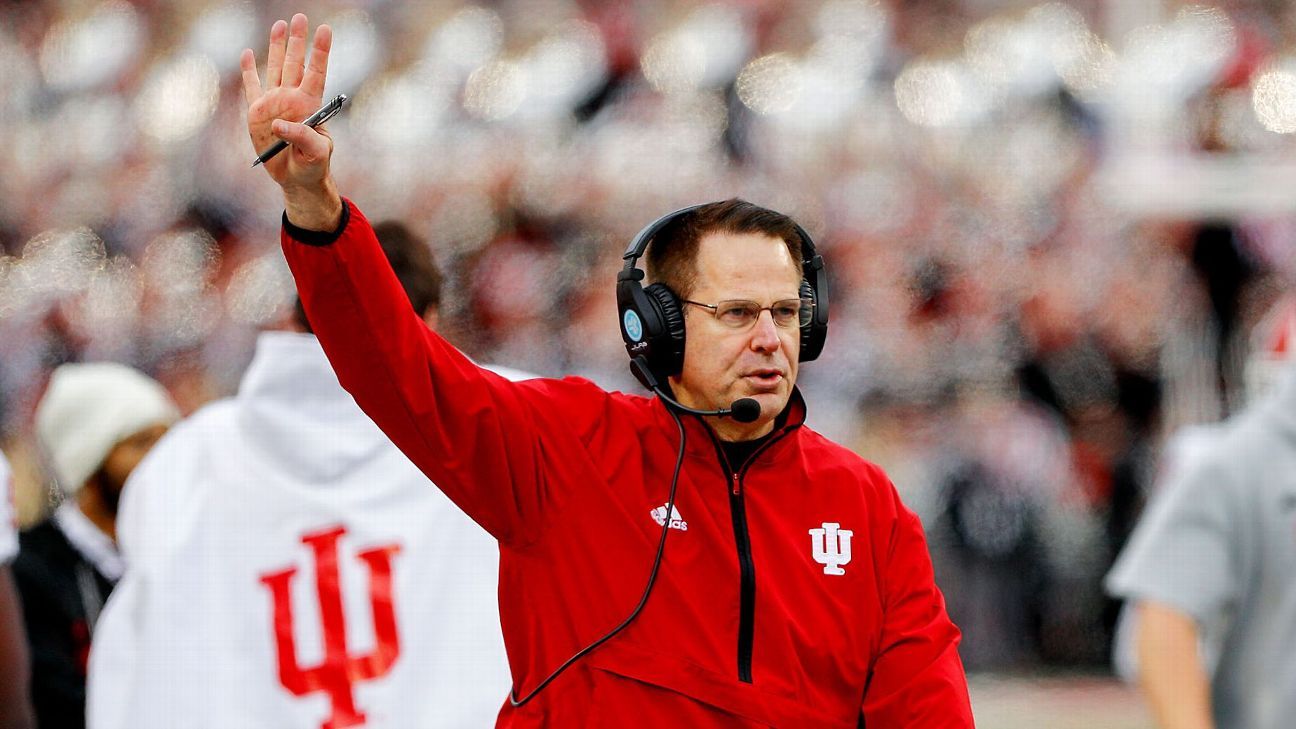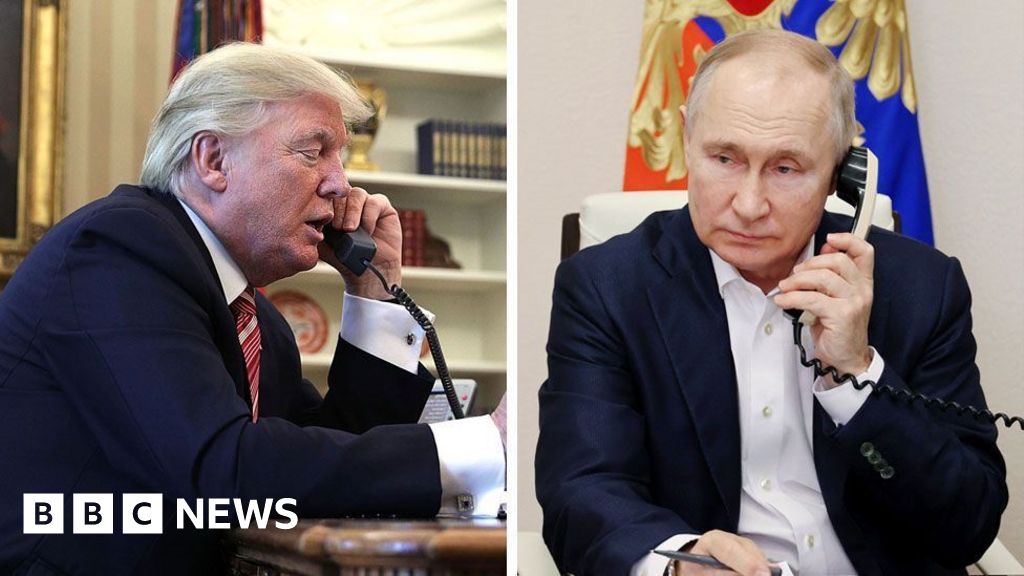If you visit Diane von Furstenberg’s office in the Meatpacking District, she won’t necessarily give you clothes. You might leave with a more unusual gift bag — filled with books. As we discuss her long career, von Furstenberg calls out to her assistant, asking her to fetch the story of her life, as told in several written collections. There’s a self-help book (“Own It: The Secret to Life”); a coffee-table tome of some of her best looks (“Diane von Furstenberg: Woman Before Fashion”); a small novelty book in Italian, which I don’t speak (“Serenissima: Solution & Seduction”); and a book about the Statue of Liberty, because she served as the monument’s “godmother” during a fundraising event. “I thought it was a better title than being on the board,” she says of the self-invented appointment.
The godmother of Liberty suits her well — after all, in her very best book, the 2014 memoir “The Woman I Wanted to Be,” von Furstenberg spills on all her adventures. The daughter of a Holocaust survivor, von Furstenberg came to New York in 1969, after a whirlwind adolescence of traveling in Europe, and changed fashion with the wrap dress, which she debuted in 1973. When she got to the city, von Furstenberg was already royalty as the socialite wife of Germany’s Prince Egon von Fürstenberg; she soon ruled the party scene too. After becoming a self-made millionaire, she bought herself an apartment on Park Avenue and a farm in Connecticut. In 2001, she married a second time, to the Hollywood mogul Barry Diller, reinventing herself as part of another New York power couple.
Today, von Furstenberg splits her time between her farm, Cloudwalk, where she lives; New York, where she works; and Venice, Italy, where she plays. “I read a biography of Venice, and I realized Venice is a woman,” she says.
Feminism is often on DVF’s mind, and she says her family refers to her as an “oracle or a goat.”
Why a goat?
“I climb,” she says.
At 78, she’s talking to me because she’s agreed to accept the Perelman Performing Arts Center NYC Icon of Culture award. But DVF doesn’t like awards. She begrudgingly agreed to accept after former Mayor Michael Bloomberg invited her. She told Bloomberg she would appear at the Oct. 28 gala only if the event’s organizers roasted her.
OK McCausland for Vareity
In person, DVF is so modest, she’d rather talk about anything other than her achievements. “Ramin, are you Persian? I speak Persian,” she says, and she offers me a few sassy phrases in Farsi.
Only with some prodding does she acknowledge her place in fashion history. But once she gets going, the stories spill out of her. After an hour, she sends me home with Sharpie-written inscriptions to me in all her tomes and some magical tales that only a New York godmother could spin.
Congratulations on your award. Michael Bloomberg will be at the celebration.
He called me and said, “You’re the only icon I know, so you have to say yes.” I was totally embarrassed. I said, “I don’t want to do this. The only way I agree is if you make it a comedy.”
Is it because you’re at a place in your life where laughter is important?
No. Because otherwise it’s boring. And embarrassing. But if you do it as a comedy, it’s fun hopefully.
What does it mean to be an icon of culture in New York?
I don’t know. It means you’ve lived a long time and you’ve been around a long time. Have I shaped our culture? I don’t know. I lived our culture.

Diane von Furstenberg in the early 1970s
Courtesy of Diane von Furstenberg
But you also changed our culture.
I don’t know if I changed it. I witnessed it. I changed it with the dress.
With the invention of the wrap dress, you were suddenly a star. You were featured on the cover of Newsweek in 1976, and you made fashion more affordable.
I definitely did that. I would drive from Park Avenue to Seventh Avenue and count the dresses on the street. They were everywhere. And at a point, I was making 25,000 wrap dresses a week. Every woman in America had one. Five. Twenty! That’s why it saturated the first time around.
Instead of being an elitist, it let everyone look good. Also, QVC — I brought Barry there. [In 1992, Diller became head of QVC, and von Furstenberg appeared on the channel, selling her latest designs.] I brought everyone there — Marc Jacobs. Karl Lagerfeld made a drawing of me in a crystal ball like a magician in the TV. I have it somewhere.
But you forget all the things you do. Sometimes I talk to kids: “Oh, I knew this one.” I don’t want to say it, because it’s like I’m boasting. I’ve known everyone my age who went around New York. I knew Andy Warhol.

Hillary Clinton, Alyse Nelson and von Furstenberg in Venice in 2022
Courtesy of Diane von Furstenberg
What was Warhol like?
Andy Warhol never spoke. He wanted to know about you. He would photograph you, tape you. He was a voyeur. He is the one who created the idea of the icon. He lived in New York with his mother. His mother was very religious. In Greek churches or in Russian churches, you have lots of icons.
When you first moved to New York, as a socialite you threw infamous parties with Prince Egon. Madonna came to one before she was Madonna.
She was already Madonna, but no one knew her. She was 19. She came with a big brown hat, and she talked the entire time to my mother.
OK, let’s talk about DVF as a brand. You recently took back control from a company in China.
We have taken control back of the product. [Her cellphone rings. She picks it up and says, in Italian, that she’s in a meeting: “Ciao.”] It’s the last thing I wanted to do. In this stage of my life, where I am, I’m 78 years old. I’m in the winter of my life. It’s very important I take all the things I learn, accomplish, experienced, and all the connections that I have to kind of put it in a bundle and try to make sense of it and try to make other people benefit from it.
How do you do that?
I discovered the power of kindness. That is going to be my main focus for whatever time I have left. Kindness is a currency — like money, it compounds. Of course, it’s a virtue. It’s a tool. It’s a trick. It’s a muscle. Once you start practicing it, it’s a wonderful thing. I have a little manifesto which I’ll give you: Connect. Every day I make one miracle by introducing one person to a person who can change their life. I don’t need to speak. All I need to do is a nice, meaningful, thoughtful email — and a miracle happens!

Barry Diller and von Furstenberg at the opening of Manhattan’s High Line in 2009
Courtesy of Diane von Furstenberg
As a designer, you always told your models to smile on the runway.
Very important. Before the show, I’d say, “Be the woman you want to be — and smile.” They’d look at me, because no one ever wants them to smile. I don’t know why. What is most beautiful in a woman is the eye contact, the smile and the body language. Or sometimes I would say, “Don’t behave like a model. Just be the woman. And when you look at the camera, think of your boyfriend. Seduce the camera.” I used a less attractive word.
How has New York changed in your lifetime?
When I came to live here, it was 1970. It was dirty, cheap and dangerous. It was dangerous and therefore cheap. And because it was cheap, you had a lot of artists. New York was great because it didn’t cost anything. I used to go to the supermarket and pay $50 for 25 people.
And you helped revitalize the Meatpacking District by bringing DVF here. And now the Meatpacking District is synonymous with fashion and luxury.
That I did. I bought a carriage house on West 12th Street. Everybody thought I was crazy. But I’d started my company again and thought, “Why pay rent uptown?” All the hard bars were still here. I got involved. We made the High Line happen. And then Barry came after me. He renovated the pier. It was his dream, and it was a wonderful thing.
I wanted to ask you about your marriage to Barry, the great love of your life.
He turned out to be my soulmate. I didn’t think of it at first. He was a man about town. I was giving a party for Sue Mengers, and he came. I was interested in being a good friend; I never thought it would be anything else. Then it turned to passion. He was very insistent.
He called me the next day, and then we had dinner. And then I went to Paris, and he called me: “Why don’t you come to L.A.?” I made a stop in Montreal. I called the boyfriend I had at the time to tell him I was going to L.A. to meet someone else. Barry came to pick me up. He had a limousine for my luggage. Did he say that in his book?

Diane von Furstenberg in New York, NY, 1974
Jill Krementz/Courtesy of Diane von Furstenberg
You write about that in your book. In his book, “Who Knew,” released this year, he made the decision to come out as a gay man. Can you talk about supporting him in doing that?
Supporting him? What do you mean, supporting him? People see it that way. For me, it’s not that way. I don’t know. Yes, I encouraged him to do that book, and yes, I encouraged him to do the Audible. But for me, the book is not about that. It’s about his life. And of course, with me, he opened immediately. For 50 years, I was the only person he opened to. Then he wrote the book.
What does it mean to be a woman married to a man who’s gay?
What’s the difference? I don’t understand.
A lot of women wouldn’t want to be married to a gay man.
But it doesn’t change anything. I’m sorry — it’s a stupid question. I married two gay men, OK? I don’t know why, but to me, they’re not gay, so it doesn’t make any difference.
I think I understand. Were there any downsides to becoming successful so young?
No, of course not. Then you can make mistakes. I thought I would die by the time I was 30 because I had done everything. But I didn’t. Strangely enough, I feel the same energy I felt in those early years.
How would you describe your business in the year 2025?
The brand more than the business. The brand is really about: We make clothes for the woman in charge. It’s to give women confidence and to make them feel sexy on the go, ready to go. They’re a woman’s best friend in the closet. I stick to the closet: The clothes come out of the closet, the men come out of the closet! The closet is very important.
Do you have a large closet?
Yeah, in the country, I have archives. I am an archive too. I’m an archive in the closet. No, I’m not in the closet at all.
I wasn’t asking that. In your book you write about choosing your own burial place in a patch of land on your ranch in Connecticut.
Every Saturday with my son, we used to walk: “Oh, where should we be buried?” It was there, it was there and it was there. I got a little bit more land, and it was there. And then I made it a real cemetery. You have to go to town so it’s official.

DVF wearing a shirt dress. Initially the cube was blank, and she thought it looked too plain, so she wrote – feel like a woman, wear a dress!
Courtesy of Diane von Furstenberg
Is it comforting knowing your resting place?
Yes. But then I could be pulverized in a plane. You’re not in control of everything.
If there was a movie about your life, who would play you?
I used to say somebody, and then they aged. I don’t know. There have been plenty of documentaries.
One day there might be a movie.
But it won’t be as good as the movie I lived.
Hair: Michael Silva; Makeup: Laura Mele
First Appeared on
Source link






